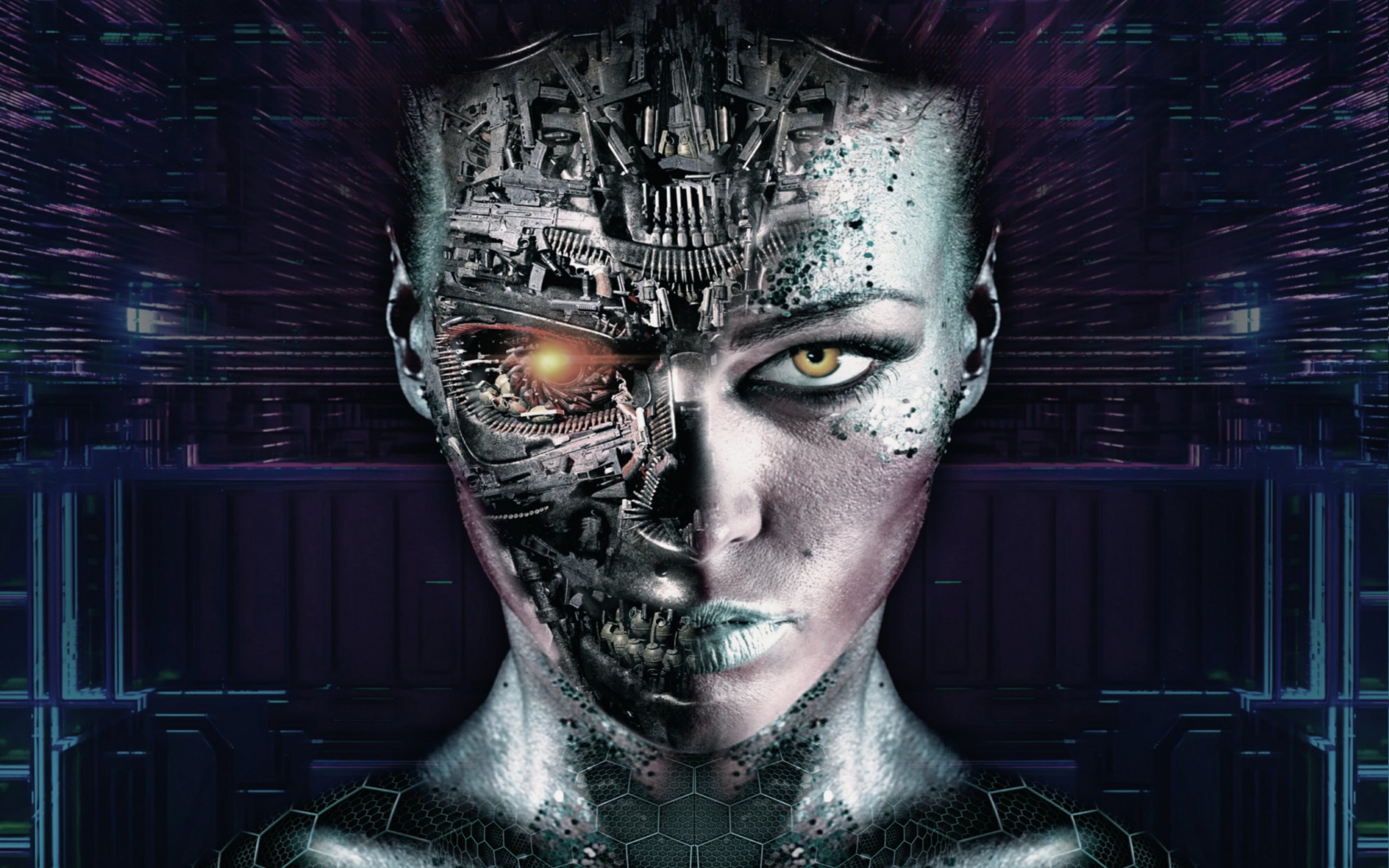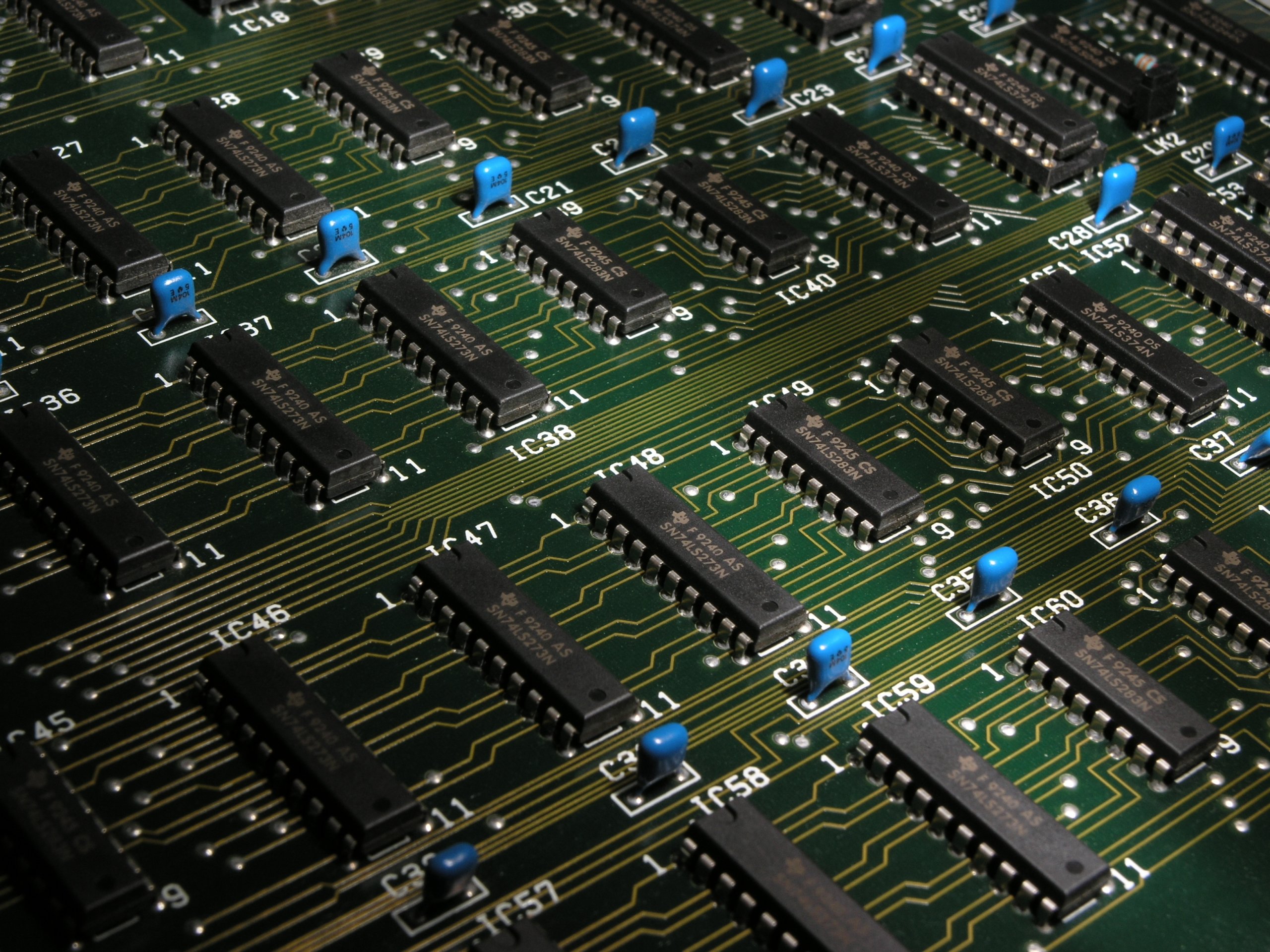Want to get ahead of the curve (and the competition)? See what AI can do for your business by reading our Free Machine Learning Whitepaper right now!

Perhaps no other technology will be as disruptive in our lifetimes as the development of artificial intelligence (AI). Whether it’s how we communicate, travel, or work, AI will eventually transform every aspect of humanity.
But we’ve still got some work to do before we get to that point. In this post, we’ll examine the biggest AI trends and developments in 2019.
AI Hardware Is Getting an Upgrade
For some time now, hardware has had a hard time keeping pace with AI progress. Currently, to perform specialized capabilities, AI software relies on the teamwork of CPUs and specialized processors to get the job done. Alone, even the most technologically sophisticated CPUs have trouble compiling and training a neural network or other AI models, which often require complex mathematical calculations to operate.

Expect this to change this year. Leading chip makers such as AMD, ARM, Intel, NVidia, and San Diego-based developer Qualcomm are all working on hardware to improve the efficiency of execution of AI-based applications.
These new chipsets will be utilized to augment AI performance in a number of activities like natural language processing, facial recognition, and object detection. R&D in AI hardware will only grow in the next few years as more applications in sectors such as healthcare and finance are realized.
AI, IoT, and Edge Computing
AI and the Internet of Things (IoT) are disruptive in their own right. But when working together, the possibilities are endless. Fortunately, we won’t have to wait until the future to see this happen.
Both technologies are converging at and finding immense benefits in edge computing, the processing of data near the ‘edge’ of a network. Edge computing is an alternative to transmitting data to a centralized cloud for processing and is usually done on the device itself or within close proximity of it.
With this paradigm, advanced machine learning models and neural networks will be optimized faster. This is great news for enterprise and industrial IoT applications, which are expected to be the primary drivers of AI. Edge devices in the near future will heavily rely on the new AI hardware we previously discussed.
Machine Learning Will Be More Automated
At the forefront of our AI revolution is machine learning (ML), a subset responsible for many of the commercially available AI applications we all use today. In 2019, expect automated machine learning (AutoML) to become bigger and better than ever before.
AutoML is the automation of applying ML algorithms to real-world problems. It helps developers and engineers tackle complicated problems without the need for creating specific models. Essentially, it allows them to focus on the problem without worrying about workflow and process.
The amount of time and effort this saves cannot be overstated. AutoML’s unique mixture of flexibility and versatility means programmers can create working applications faster. Which, in turn, means we get to use them sooner.
Improving Neural Network Interoperability
Neural networks can be profoundly powerful when created and implemented correctly. However, doing so resembles a larger challenge than one would assume.
Selecting from the array of tools out there (TensorFlow, Apache MXNet, and Microsoft Cognitive Toolkit, to name just a few) is one of the most difficult choices for developers to make when constructing a neural network. Usually, once they select and train a specific model, it’s hard to switch to another framework.

This represents a huge obstacle in the way of AI adoption. With virtually the entire AI community aware of this issue, it’s safe to say that work on solving this will be a main focal point in 2019.
AI Skills Are In Demand
2018 was one of the biggest years for AI development so far. And not just when it came to the technology. With economic forecasts unanimously declaring AI to have as big of an impact (if not bigger) on society as the Internet did, companies are racing to retain top talent in the field.
Of course, the demand currently dwarfs the supply. As a result, many organizations have turned to AI reskilling to solve this dilemma. Some are even looking at the possibility of creating AI tools that don’t need supervision or immense technical skills to use.
Whether this works or not remains to be seen. The fact that each organization requires different skills and capabilities doesn’t exactly help this cause. With that being said, the demand for AI skills will only continue to increase, even as more people begin learning this technology to pivot careers.
Expect AI to Remain Open Source
We owe many of the developments in AI to the fact that researchers and developers around the world have embraced the open-source approach; by sharing knowledge, we’ve taken AI further than it ever would have gotten in closed silos.
With increasing competition and tension between countries like the U.S. and China vying to become the world’s leader in AI, many are wondering if the era of open-source AI is coming to an end.
But if companies have anything to say about it, collaboration will only increase in 2019. These organizations have seen the benefits that open source brings, and they have no intention of slowing it down. More tech titans than ever before are open sourcing their AI stacks to support their development.
2019: The Real Era of AI
If you only take away one thing from this article, let it be this: 2019 is going to be the year of AI. The developments we’ll see in the technology this year will be some of the biggest yet. And it will continue transforming our economy and society in unprecedented and unforeseen ways.
What are you most excited about in 2019 when it comes to AI? What developments do you want to see this year? Let us know in the comments!





